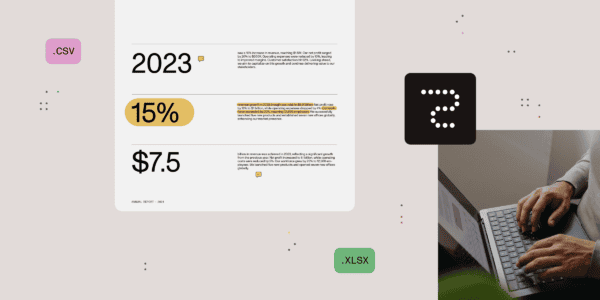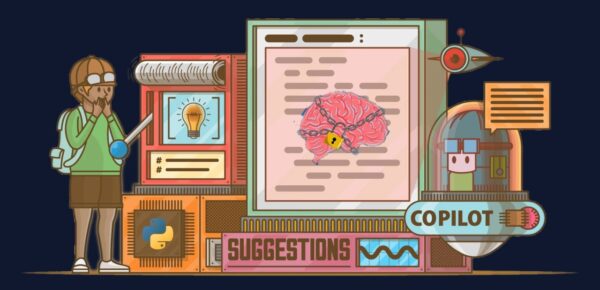As a front-end full-stack developer over the years of experience, I’m constantly amazed by how much the role of a front-end developer has evolved. Today, it’s more than just creating beautiful interfaces; it’s about building dynamic, responsive, and scalable web applications that are deeply integrated with backend systems. The synergy between UI/UX and server-side logic has never been more critical, and staying ahead of the curve means mastering both the art of design and the science of engineering.
Front-End Evolution: From Static to Dynamic
Gone are the days when front-end development was just about HTML, CSS, and a sprinkle of JavaScript. Modern applications demand real-time interactions, single-page applications (SPAs), and highly responsive designs that adapt seamlessly across devices. Technologies like Vue.js, React, and Angular have become essential, allowing developers to create component-based architectures that scale effortlessly.
In my work, I’ve found Vue.js to be a particularly powerful tool. Its progressive framework enables me to integrate it incrementally into projects, ensuring that even legacy systems benefit from modern UI without being rewritten from scratch. The addition of Quasar, a Vue-based framework, has allowed me to create mobile-first applications with high performance, while keeping the codebase maintainable and scalable.
Full Stack Synergy: Bridging the Gap Between Front-End and Back-End
The magic happens when front-end development meets back-end architecture. As a full-stack developer, I’ve leveraged REST APIs, GraphQL, and WebSockets to ensure the seamless flow of data between client and server. Real-time data updates are critical in applications like financial dashboards or dynamic user interactions, and WebSockets ensure that changes are reflected instantaneously on the front-end without requiring manual refreshes.
A key example of this integration in my experience is SharePoint REST API integration in Vue.js projects. By effectively utilizing on-premise SharePoint APIs, I’ve enabled enterprise-level collaboration tools to display real-time updates directly in the front-end UI, resulting in a smoother user experience.
Building for Performance: Optimizing User Experience
Front-end developers today must also act as performance engineers. Optimizing page load times, reducing DOM complexity, and enhancing SEO are critical components of a successful application. I’ve worked extensively with techniques like lazy loading, code splitting, and pre-rendering to reduce the initial load of JavaScript-heavy applications.
In recent projects, I’ve adopted Web Vitals as a tool to monitor and improve key metrics such as Largest Contentful Paint (LCP) and First Input Delay (FID). By focusing on these metrics, we can ensure that users are not only greeted with a visually appealing interface but also with one that is fast, responsive, and accessible.
Crafting UX with Accessibility in Mind
A user interface is only successful if all users, regardless of ability, can interact with it seamlessly. I adhere to WCAG standards, ensuring that all web applications are accessible to users with disabilities. This includes designing keyboard-navigable UIs, ensuring screen reader compatibility, and providing alternative text for images.
Future of Front-End: The Rise of AI and Web Assembly
Looking forward, I’m particularly excited about how AI and Machine Learning are starting to play a role in front-end development. Tools like TensorFlow.js are enabling real-time, client-side processing of AI models, which can be used for dynamic experiences like facial recognition, real-time translations, and intelligent form validations.
Another technology to watch is WebAssembly (Wasm). This allows developers to run code written in multiple languages (not just JavaScript) on the web, offering a huge performance boost for computationally heavy tasks. Imagine the possibilities when combining Wasm with existing front-end frameworks to build truly cross-platform applications that run smoothly across devices.
Conclusion: Full Stack Development as a Holistic Craft
Being a full-stack developer is no longer about just knowing the tools; it’s about understanding how each piece of the puzzle fits together to create high-performance, user-centric applications. From UI/UX design principles to back-end integrations with REST APIs and real-time data processing, the modern developer is a master of both sides of the stack.
I’m always excited to explore the future of web development, especially as it continues to evolve. The front-end is where innovation meets interaction, and I am eager to be part of that journey, whether it’s through exploring AI-driven front-ends, enhancing user experiences with WebAssembly, or ensuring accessibility for all users.
#FullStackDeveloper #FrontendDeveloper #VueJS #JavaScript #WebDevelopment #UIUXDesign #QuasarFramework #RESTAPI #ResponsiveDesign #SPAs #JavaScriptFrameworks #WebPerformance #WebAccessibility #SharePoint #RealTimeWeb #ProgressiveWebApps #WebAssembly #AIinWebDevelopment #WCAG #LazyLoading #WebOptimization #CrossPlatformDevelopment #CSS #HTML #APIDevelopment #MobileFirstDesign #UserExperience #Git #VisualStudioCode #AgileDevelopment #Scrum
About the Author:

Srinivas Reddy
Senior Full Stack Web Developer | 10 Years in Architecting Scalable Applications | Expert in React, Angular,Node.js, Python, AWS, Azure Docker, and Microservices | Expert in microservices and cloud architecture
Reddy, S (2024). Pushing the Boundaries of Front-End Development: A Full Stack Perspective. Available at: (1) “Pushing the Boundaries of Front-End Development: A Full Stack Perspective” | LinkedIn [Accessed: 26th September 2024].










